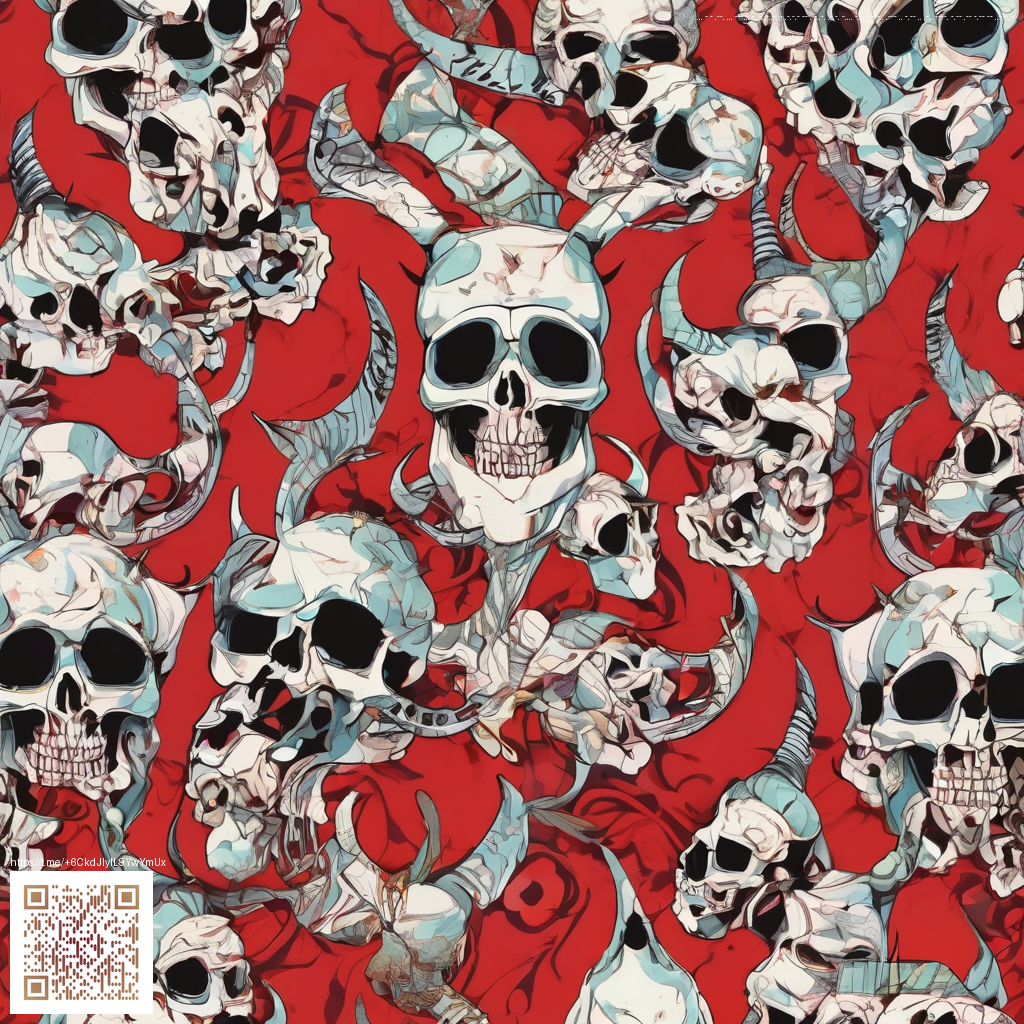
Retargeting funnels are more than a marketing tactic—they’re a patient conversation with visitors who’ve already shown interest. If a prospect leaves your site, you don’t need to chase them with a single loud offer. You can guide them back with contextual, timely prompts that respect their journey. When done thoughtfully, retargeting turns fleeting clicks into meaningful engagements and, ultimately, better conversions.
Define the journey: map your retargeting funnel
The first step is to outline the stages a typical customer experiences on your site. Think beyond a single purchase and consider what happens after the click. A clear map helps you tailor messages at each touchpoint:
- Awareness: users discover your brand or product but haven’t yet shown intent to buy.
- Consideration: they’ve browsed categories or products and are weighing options.
- Intent: they’ve added items to cart or viewed pricing, signaling strong purchase intent.
- Purchase: they complete the sale or abandon at checkout.
- Post-purchase: follow-up emails, reviews, and repeat purchases.
By naming and wiring these stages into your campaigns, you avoid a one-size-fits-all approach and instead create a sequence that nudges people toward the next step.
Practical data you need to fuel relevance
Retargeting thrives on clean, actionable data. Focus on first-party signals you can trust, not guesswork. Capture events such as page visits, product views, add-to-cart actions, and checkout progress. Integrate this data with your customer relationship management (CRM) system so you can assemble a cohesive profile of each user across devices and sessions.
- Website events: view, add-to-cart, initiate checkout, and completed purchase.
- Audience signals: time on site, repeat visits, and engagement with specific categories.
- CRM syncing: tie email activity, prior purchases, and support history to on-site behavior.
- Consent and privacy: honor preferences and provide easy opt-outs to protect trust.
Personalization at scale: dynamic creativity and offers
Generic ads rarely move the needle. Personalization shines when you align the offer with the user’s behavior. For instance, show product suggestions that match categories they explored, or highlight a feature that aligns with their prior interest. Email sequences can mirror site behavior—abandoned cart reminders, follow-ups on viewed items, and post-purchase care content. The idea is to keep the message relevant without being pushy.
“Context beats frequency. A well-timed, highly relevant touchpoint outperforms a louder blast every time.”
A multi-channel approach that respects the user’s journey
Effective retargeting spans multiple channels, reinforcing your message without overwhelming the audience. A typical, balanced mix includes:
- Display and social ads that echo recent site activity.
- Dedicated email sequences for cart abandonment and post-purchase onboarding.
- Remarketing on search and video platforms when appropriate.
- Optimized landing pages that reflect the user’s recent behavior and intent.
Keep creative fresh and consistent across channels, but tailor the offer to the signal you’re following. If a visitor looked at a tangible, tactile product—like the Customizable Desk Mouse Pad—your messaging can emphasize personalization options, finish choices, and quick customization steps. It’s not just about showing a product again; it’s about showing the right product with the right value at the right moment. For a broader introduction to this approach, see the resource that covers funnel strategies in depth.
Implementation is often iterative. Start with a lean set of audiences, test creative variations, and measure what changes in conversions. A short feedback loop helps you refine your segments, offers, and timing so you don’t waste budget on ineffective iterations.
A quick, practical checklist
- Define funnel stages and corresponding messages
- Set up reliable event tracking and CRM sync
- Create segmented audiences based on behavior
- Design personalized creatives and offers for each stage
- Coordinate multi-channel campaigns with consistent branding
- Test cadence, frequency caps, and creative rotations
- Review performance weekly and adjust budgets toward high-performing segments
For a deeper dive into navigational tactics and case studies, you can reference a comprehensive guide crafted to illuminate these concepts. Consider exploring the accompanying resource for a structured approach to retargeting funnels.
Similar Content
Explore related insights here: https://image-static.zero-static.xyz/8651e053.html